How To Remove Ubuntu From Bios Windows 10
What do you do if you have installed Ubuntu on your PC alongside Windows merely don't want to use Linux anymore? You lot now have a Linux segmentation on your hard drive that is taking up space you want to use for your Windows folders and files.
This article will show yous how to safely uninstall Ubuntu in Windows x dual kicking without losing data or applications.
The get-go role of this process is to remove the Linux operating organisation. Keep in listen that this will also remove all your Ubuntu information and system files. Exist sure to save anything you lot don't want to delete somewhere else. The second role of the process is to change the Windows kick loader.
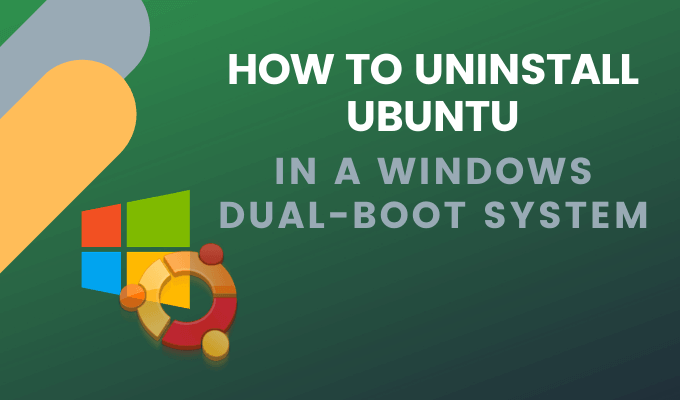
Earlier making whatever changes to your figurer, you ever want to back up your files. Even if you lot have simply been using Linux for a short period, there will most probable be data you desire to save.
Likewise, you want to back up all the disquisitional data from your Windows partition. Use an external hard drive, cloud storage, or DVDs and then that you don't lose whatsoever data.
Make sure you lot have a USB or DVD of Windows. You can download a re-create of Windows 10 from Microsoft.
Delete The Linux Sectionalisation In Windows
- First by logging into Windows. Hold downward the Windows key + R and type diskmgmt.msc to open up the Windows disk management tool.

Linux partitions are differentiated from Windows considering they don't accept a drive number and file system.

Windows partitions tin can be identified by the drive label such as C, D, and Eastward. They are also ordinarily Fatty or NTFS files.
- To delete the Linux partitions, correct-click on each one and choose Delete Volume.
- A warning volition popular-up letting you know that yous are trying to delete a segmentation that wasn't created past Windows. And then, yous will be asked if you want to delete information technology. Select Yes.
Deleting the partitions will free up space on your drive.

- If you have other Linux partitions, delete them in the same fashion. Right-click on Costless space and select Delete Partition. Then click Yes when the dialogue box pops upward.
- Now the gratuitous space is changed to unallocated space. To expand your Windows partition to occupy the free space, right-click on the Unallocated space and choose Extend Book from the dropdown options.
- The Extend Volume Wizard volition then open. Click Next > Next > Stop.
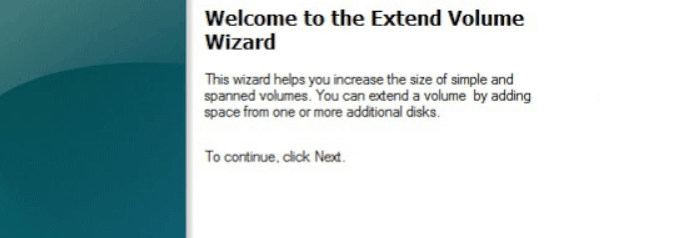
After the process is complete, you will see just one volume meaning y'all have claimed all your disk space back to Windows.
In one case you remove Linux partitions from your estimator, the boot loader for Ubuntu is even so there and needs to be removed every bit well. There are several ways to do this.
Remove the Grub Bootloader
- Go to the Windows Kickoff menu and click on the power icon. And then press and concur down the Shift key and select Restart.
- Proceed belongings down the shift key until you encounter the Choose an option screen.
- Select the Troubleshoot pick > Avant-garde options > Command Prompt. Choose your user account from the Command Prompt options and enter your password.
- This will open a command-line terminal. Type bootrec /fixmbr and hit Enter. Meet the message that the performance has completed successfully.
- Adjacent blazon bootrec /fixboot > Enter. See the same message that the operation has completed successfully. Type some other command bootrec /scanos > Enter. This command will scan all your disks to meet if there are whatever instances of the Windows OS. The time information technology takes to complete depends upon your system specifications and the size and number of disks you have installed. When the scan is complete, you lot will see the Windows installations you have on your deejay.
- To make Windows your main boot OS, type the control bootrec /rebuildbcd > Enter.
- If you have multiple Windows installations, you will see a list of all of them and where they are stored on your bulldoze. Type A > Enter to complete the procedure.
- To shut the concluding, type go out > Enter. You take now successfully removed everything related to Ubuntu. Your PC will now kick straight to Windows.
Overwrite the Linux Boot Loader with Windows Kick Loader
- To overwrite the Linux kicking loader with the Windows kick loader, insert the USB Windows Installer you downloaded above into your estimator and restart it.
- After booting your system from the USB recovery disk, click on repair your figurer.
- From the next screen, choose the Troubleshoot option.

- Choose Control Prompt from the next Advanced options screen.

- From the command prompt window, enter bootrec.exe /fixmbr. This will prepare the Windows kick loader.
- Restarting your figurer at present will boot it from the hard drive. Windows will at present work as it should, and Linux will no longer be on your system.
What if You Don't Have a Windows Installation CD or USB?
You tin still uninstall Ubuntu dual kicking from Windows x or Ubuntu as explained below.
- From Windows x, run the command prompt as Administrator.

- Run the command beneath to fix the right EFI executable equally the default kick entry:
bcdedit /fix "{bootmgr}" path \efi\microsoft\boot\bootmgfw.efi
- To see if the above command worked, reboot your computer. If successful, it should boot straight to Windows.
- To delete the partitions, follow the steps above, starting with typing diskmgmt.msc (the Delete the Linux Partition in Windows section)
Change Boot Club Using UEFI
- You can alter the UEFI boot club direct from the firmware (BIOS) settings. To access the BIOS from Windows 10, click on the Start push > Settings > Updates & security.
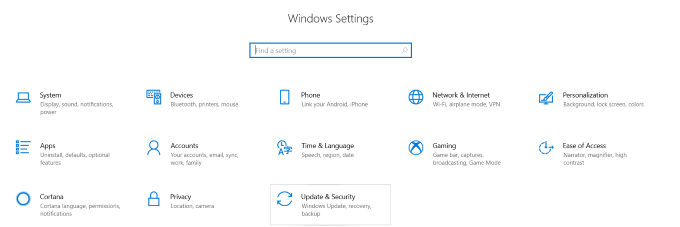
- On the left-hand column, click on Recovery. Nether Avant-garde startup, click Restart now.
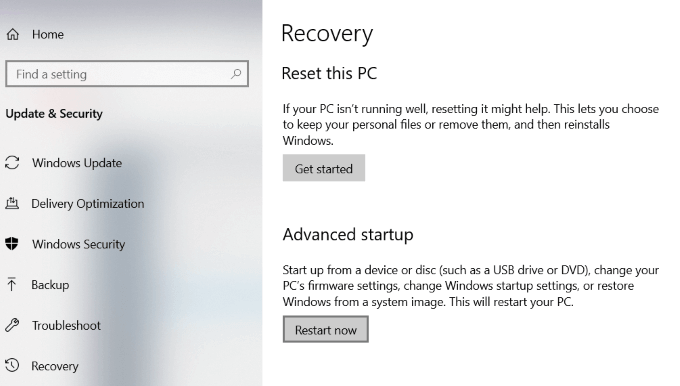
- Choose Troubleshoot > Advanced options > UEFI Firmware Settings. On the UEFI Firmware Settings screen, click Restart. Your computer will so restart and load into the BIOS.
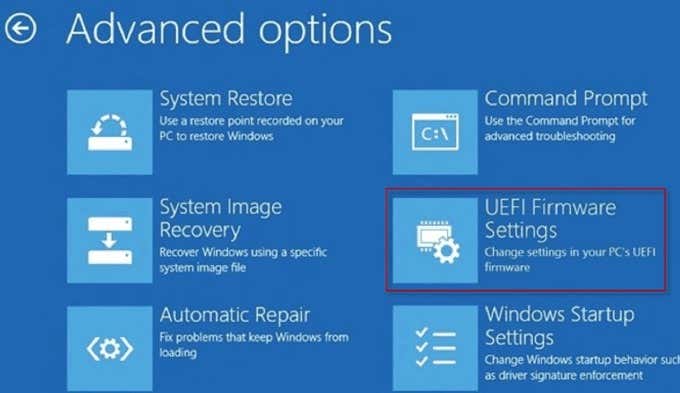
Uninstalling Ubuntu from Windows 10 dual boot is non difficult. Y'all can follow one of the methods above to practice then without losing any data.
Do not share my Personal Information.
Source: https://helpdeskgeek.com/linux-tips/how-to-uninstall-ubuntu-in-a-windows-10-dual-boot-system/
Posted by: wilsonliche1953.blogspot.com

0 Response to "How To Remove Ubuntu From Bios Windows 10"
Post a Comment